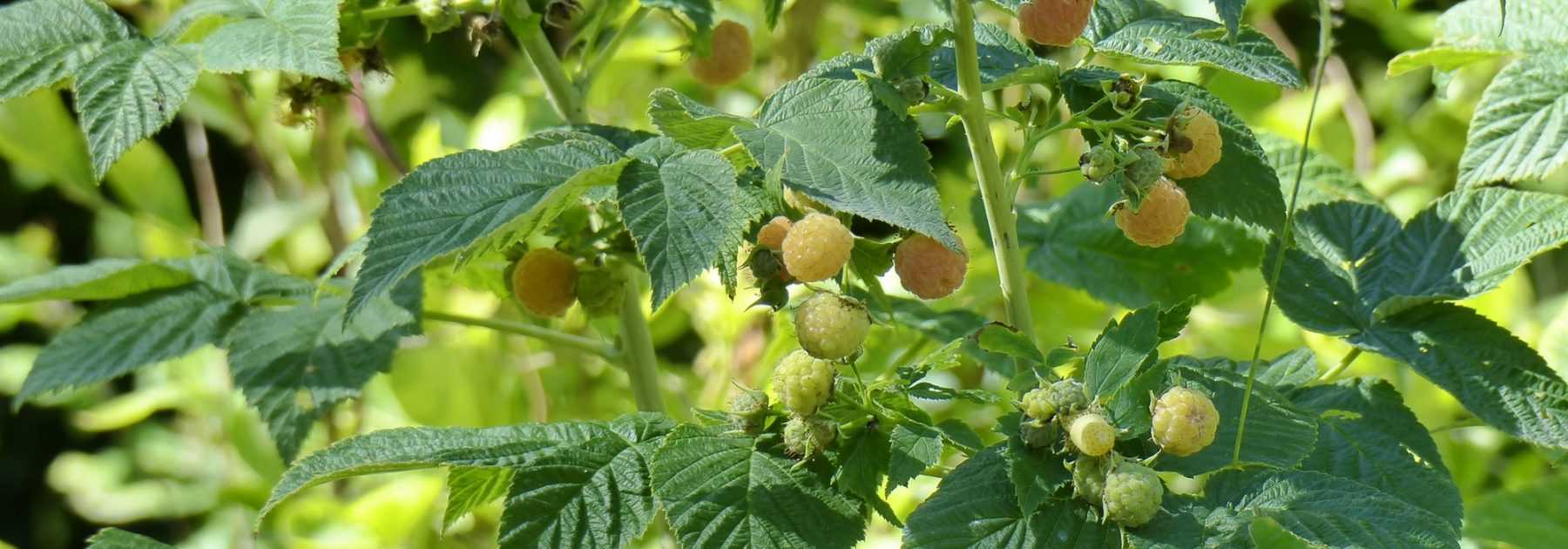
Raspberry Bush Size: Best Practices for Everbearing and Summer-Bearing Varieties
All our tips and advice
Contents
Do you dream of harvesting beautiful, juicy raspberries every year? To achieve this, pruning your raspberry canes is essential to ensure good fruiting. But it’s also important to know when and how to prune, depending on whether you have summer-fruiting or autumn-fruiting raspberries. Proper pruning stimulates fruit production, promotes plant health and helps prevent disease.
In this article, discover the best month to prune raspberry canes, along with the correct techniques for pruning your raspberries and enjoying their bountiful harvests season after season.
Why prune a raspberry bush?
Pruning a raspberry bush offers numerous benefits, both for the plant’s health and the quality of the fruit:
-
Encourage fruiting by promoting the growth of new, vigorous and more productive canes.
-
Improve fruit quality: fewer stems means more energy for the remaining fruit, which will grow larger and more flavoursome.
-
Prevent diseases: reducing stems limits humidity and lowers the risk of disease.
-
Make harvesting easier by keeping the plant more accessible for picking.
-
Extend the plant’s lifespan through this regular maintenance.
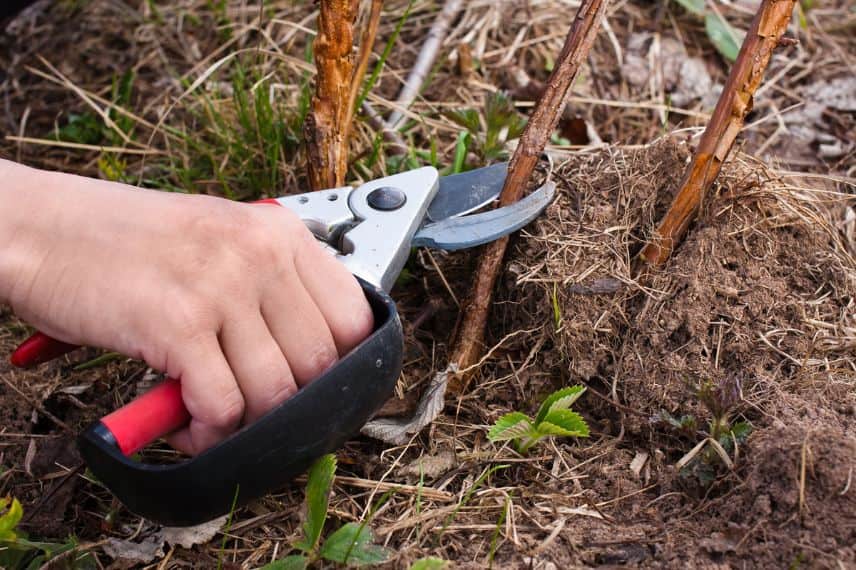
Read also
Pruning Redcurrants and BlackcurrantsEverbearing and Summer-bearing Raspberries: What's the Difference?
Before pruning, you must first identify the type of raspberry you are growing. Everbearing or summer-bearing, each variety has its own fruiting rhythm and therefore different pruning needs.
Simply observe their fruiting periods:
- Everbearing varieties produce fruit twice a year: in June and then from August to October,
- Summer-bearing varieties offer only one abundant harvest, around June–July.
Bonus: In this video, Olivier meets Pascal, who explains the difference between everbearing and summer-bearing raspberries.
Discover other Raspberry plants
View all →Available in 1 sizes
Available in 1 sizes
Available in 1 sizes
Available in 2 sizes
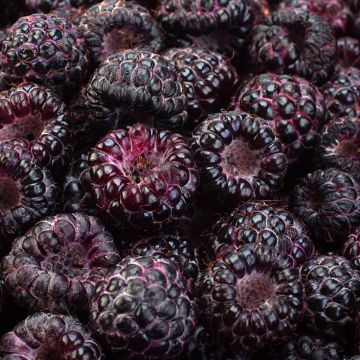
Available in 2 sizes
Available in 1 sizes
Available in 2 sizes
Available in 3 sizes
Available in 1 sizes
Available in 1 sizes
The size of autumn-fruiting raspberries
Everbearing raspberries produce fruit twice a year:
- a first harvest in summer on the previous year’s canes
- a second, more abundant harvest in autumn on the current year’s canes.
When to prune everbearing raspberries?
Pruning is done in two stages:
- In August: after the second harvest, remove canes that have already fruited twice.
- In winter (February-March): this is the time to prepare for the summer harvest by pruning and thinning the canes.
How to prune everbearing raspberries?
- In August, cut fruited canes back to ground level (they can be recognised by their dry, dark wood). They won’t produce fruit again as they’ve already fruited twice.
- In winter, prune back by half the tips of canes that bore fruit in autumn. They will fruit again at the start of the following summer.
- If there are too many shoots, thin them out to keep only about 15 canes per linear metre: the most vigorous ones. Cut the weakest ones back to ground level.
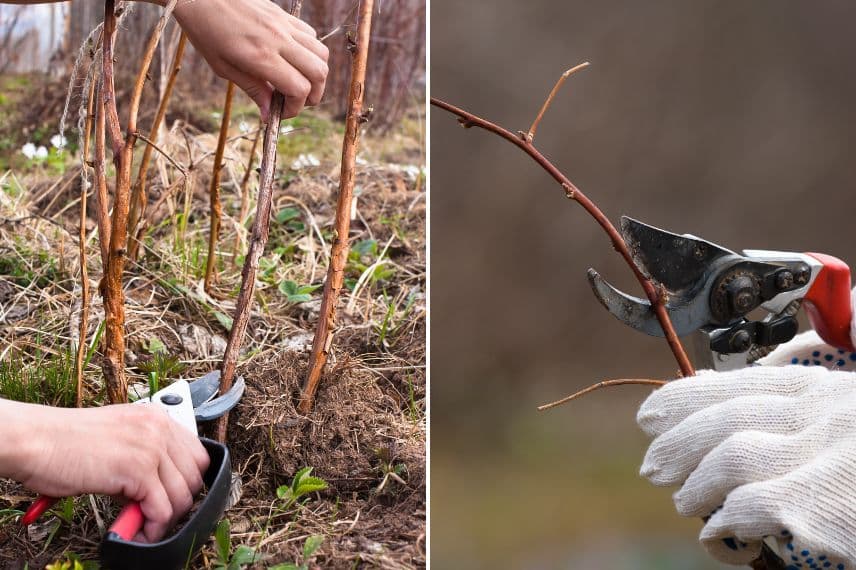
Read also
Planting small fruitsPruning non-repeating raspberry canes
Non-repeating raspberry canes fruit only once a year, in early summer, on the previous year’s shoots.
When to prune non-repeating raspberry canes?
- Right after the summer harvest, typically between July and August, or even in early autumn in September-October. This is the ideal time to intervene while new shoots begin to develop.
- Optional: In winter, you can lightly thin out the stems if the plant is too dense, but this is not mandatory.
How to prune non-repeating raspberry canes?
- After harvesting, cut the fruited stems right down to ground level with secateurs. Their stems will be brown or greyish at this time.
- Keep the young, green and vigorous stems that will ensure next year’s harvest.
- In winter, if the year’s shoots are too numerous, keep only 10 to 15 shoots per linear metre (the most vigorous ones). Cut back weaker shoots to thin out the clump.
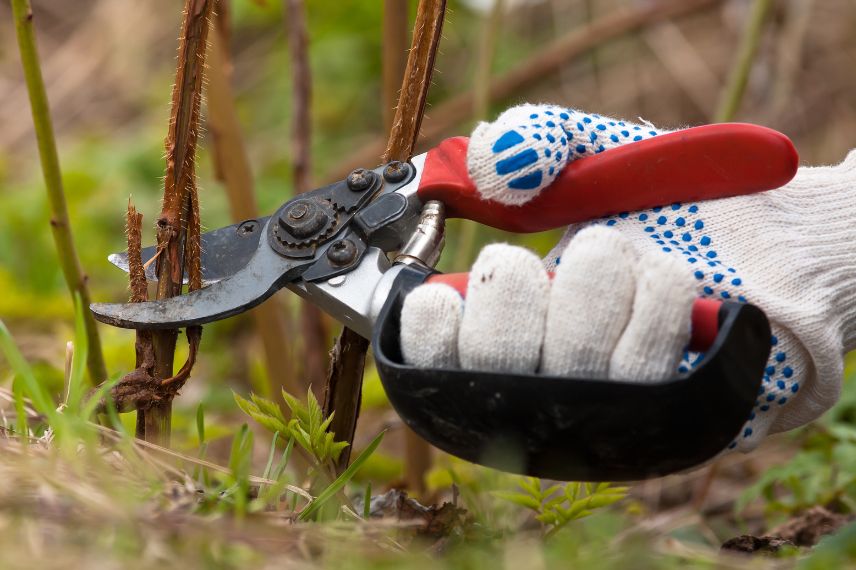
Maintaining Raspberry Bushes After Pruning
Once pruning is done, proper maintenance helps sustain the plants’ vigour and ensures a good fruiting the following year.
- Remove with a spade any suckers forming beyond the planting area (you can replant them elsewhere if desired).
- Weed if necessary and mulch the base with a 5 cm layer to retain moisture, suppress weeds and protect roots from winter cold. You can use dead leaves or even pine bark, as raspberries aren’t sensitive to acidity.
- Stake young stems if needed to prevent them from bending or breaking under the weight of future fruits.
- Apply organic matter in late winter, such as well-rotted compost or decomposed manure, to nourish the soil and encourage new spring growth.
- Train raspberries onto wires stretched between sturdy posts, especially for vigorous varieties, to maintain airflow, ease harvesting and prevent disease.
To learn more, watch this video where Patrick shows Olivier the Dutch method of raspberry training:
- Subscribe!
- Contents


































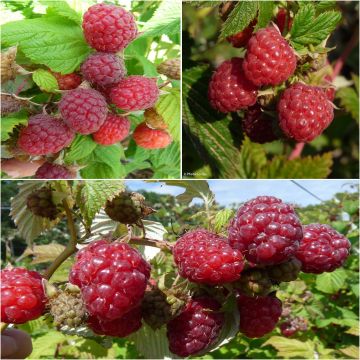
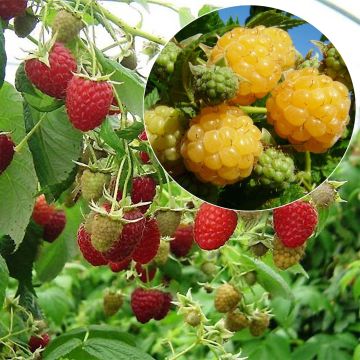
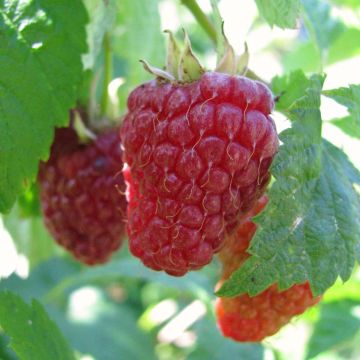
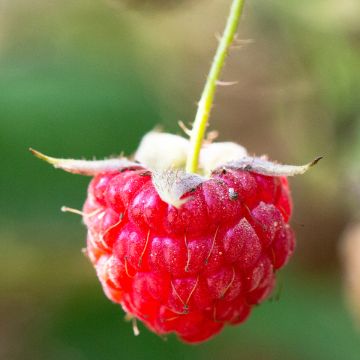
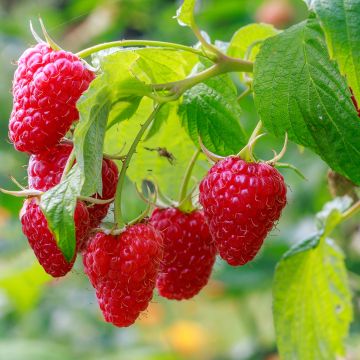
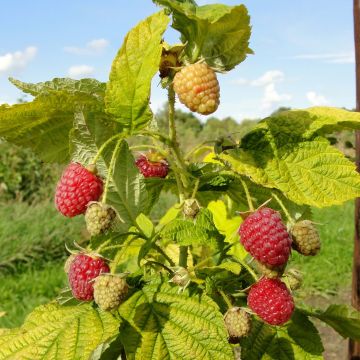
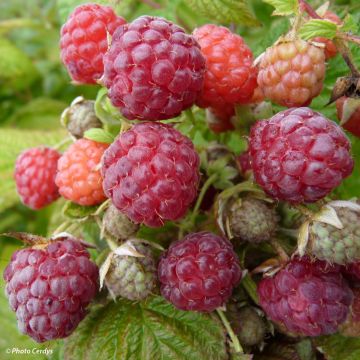
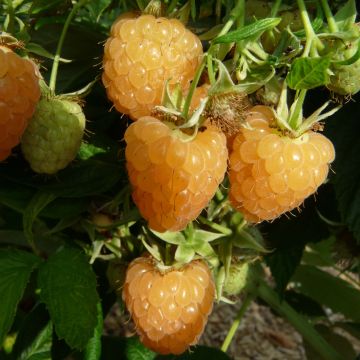
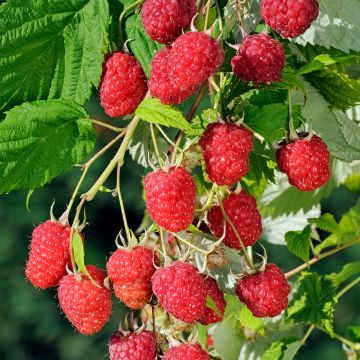
Comments